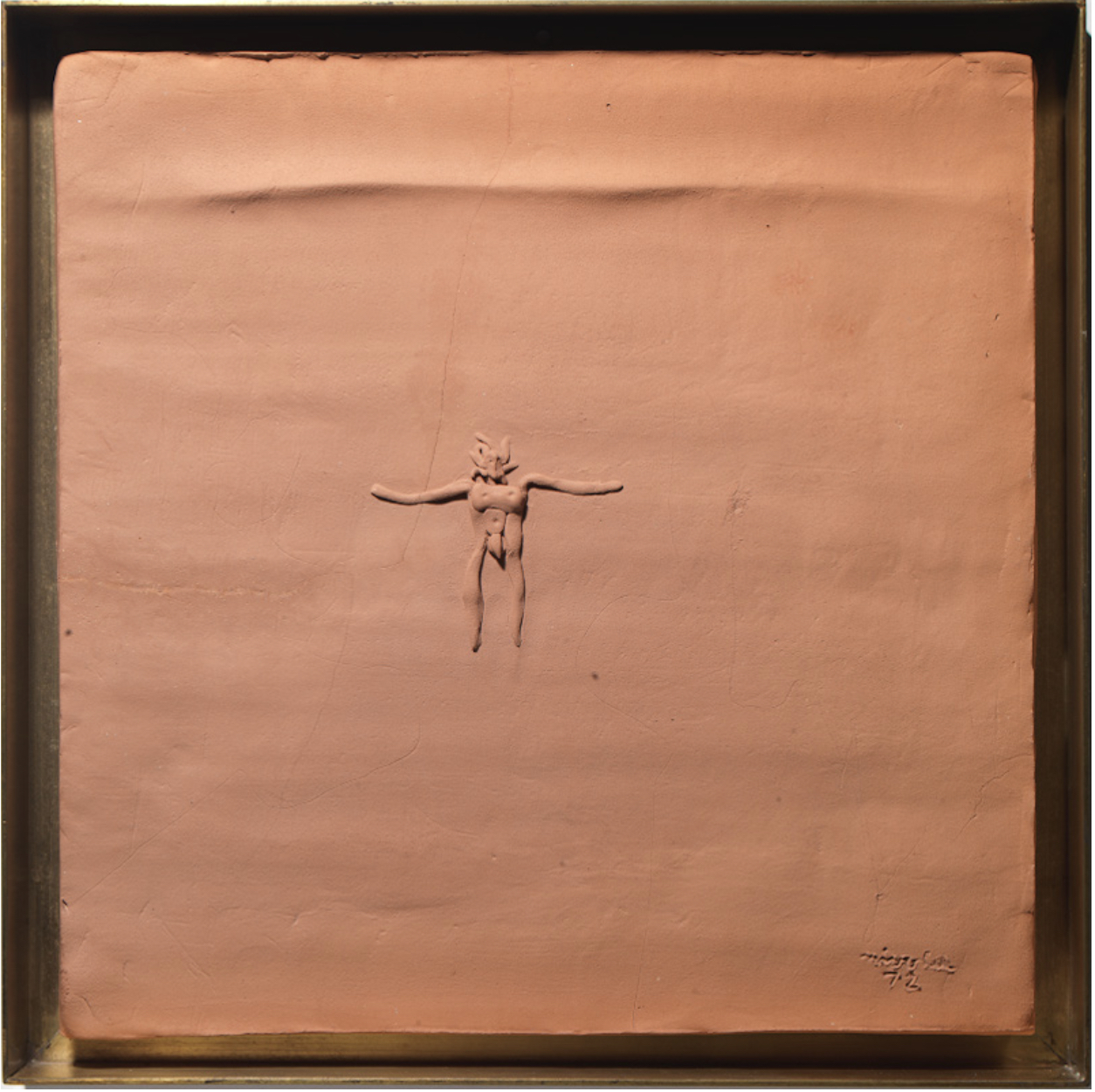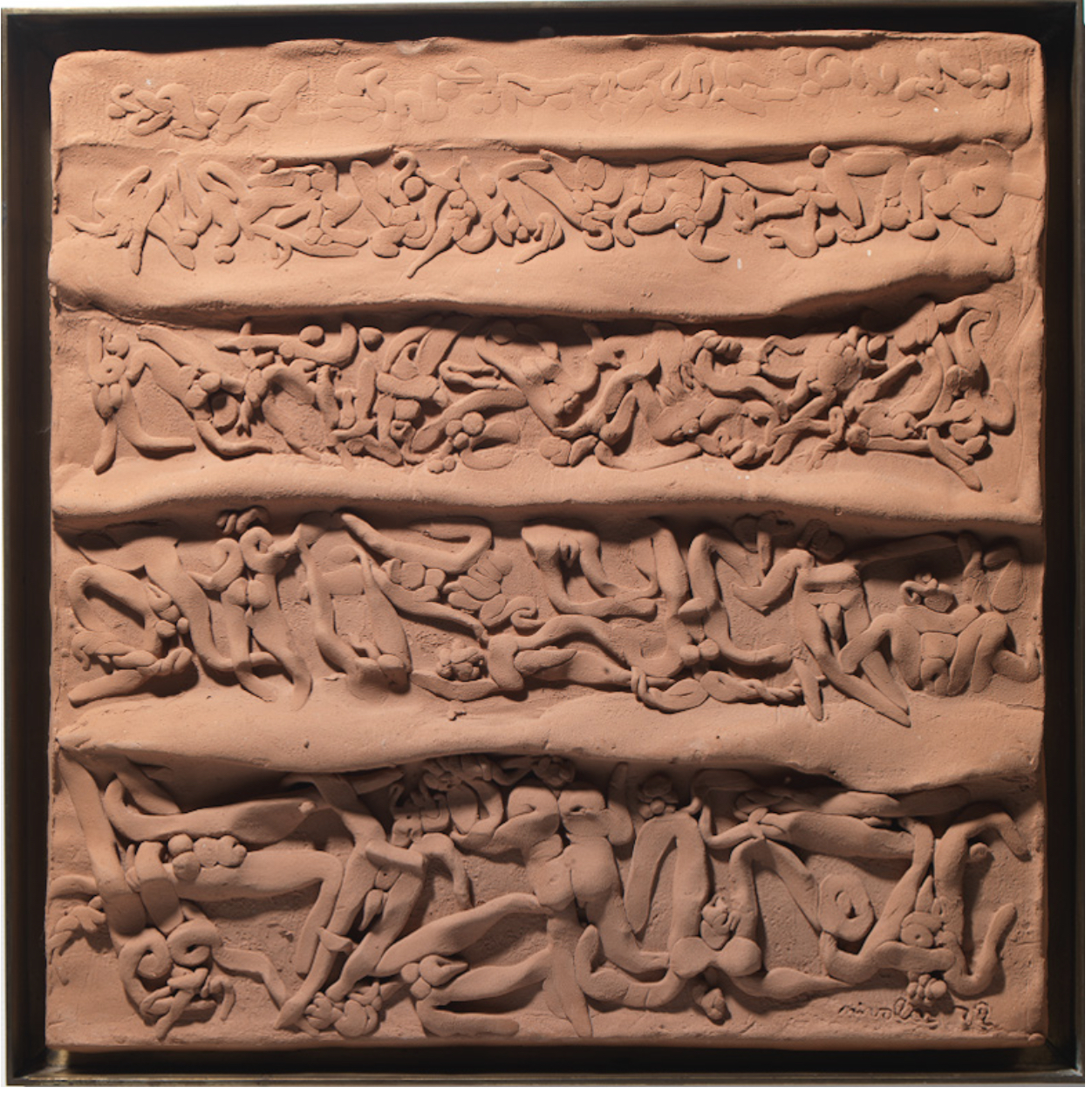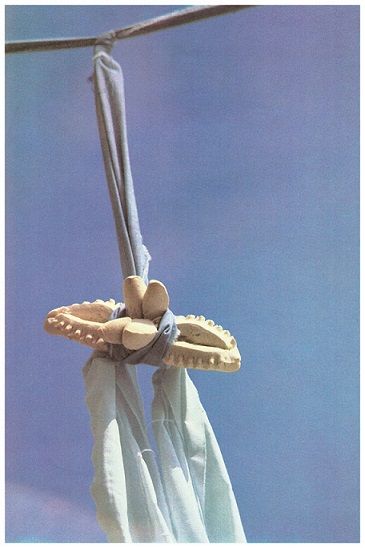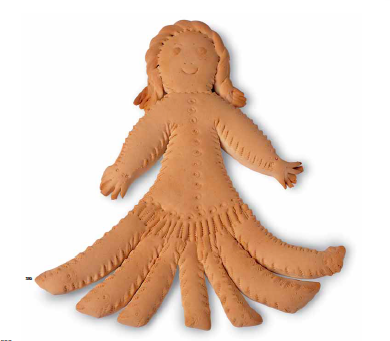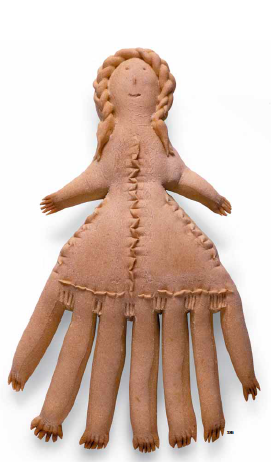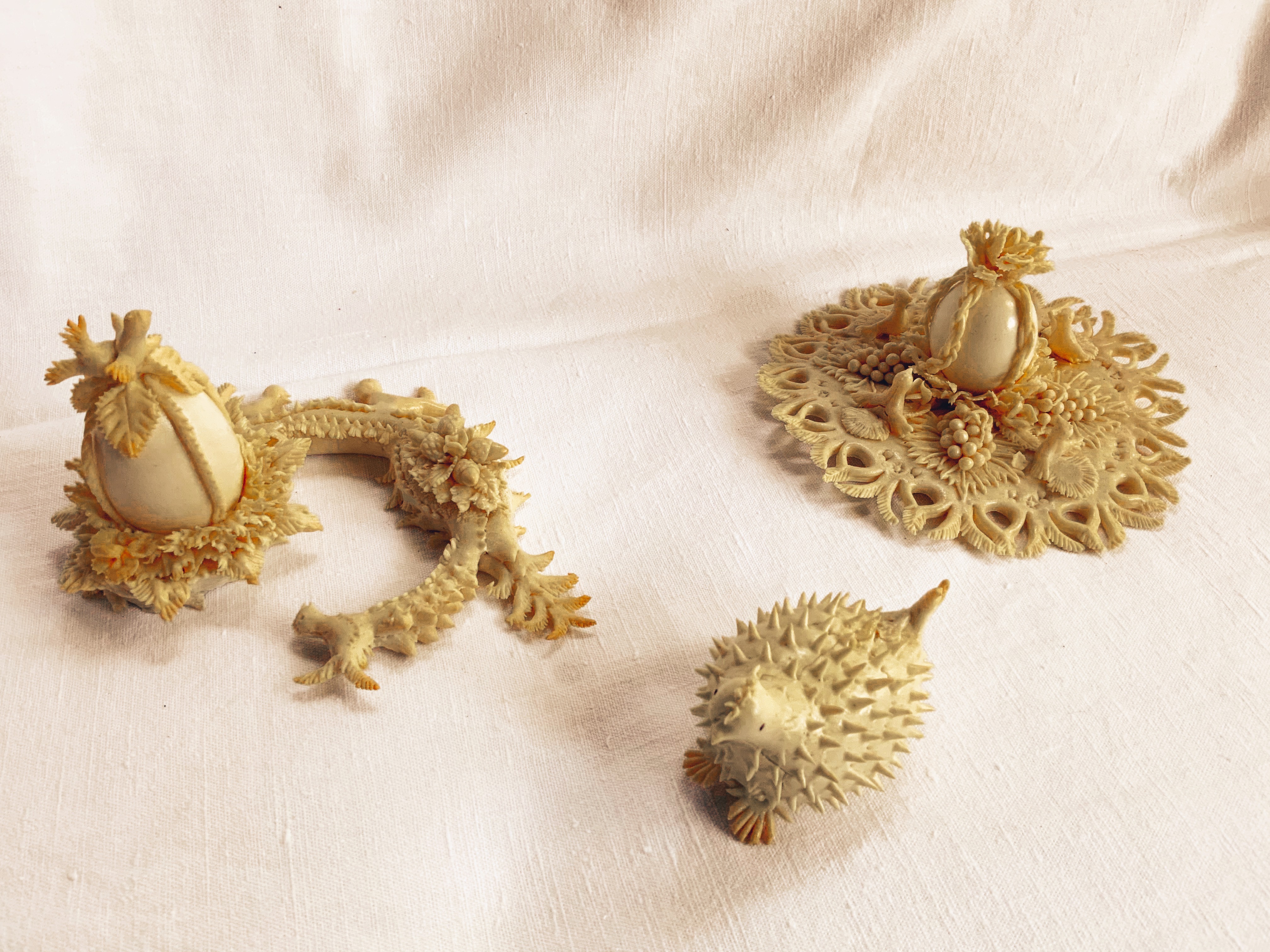Bread sculptures as a temporary form of art
by Giulia Olianas19 August 2022
Sardinia's reputation as the 'land of little bread' may stem from production difficulties, but the scarcity of this staple food only added value and significance to it, making it almost 'sacred.'
Bread, as described by Alberto Cirese, became the central focus of a new form of creative expression, In other words, the symbolic portrayal of breads, which, because of its exceptional level of specialization and technical know-how, was described by the researcher as a defining characteristic of Sardinian culture.


The fate of the island's communities has always hinged on the success of the wheat harvest, and farmers' livelihoods have long been at the mercy of unpredictable natural occurrences. Therefore, people often turn to gods and saints, seeking aid and shelter through making promises, hosting feasts, and participating in prayers and parades, where bread symbolizes plenty and serves as a metaphor for nourishment and prosperity. Bread modelling, a traditional female pursuit, showcases various styles depending on the occasion, with each celebration having its own distinct formal pattern that reaches its greatest intricacy during key agricultural and pastoral events. Pintaus, also known as decorated breads, are uniquely crafted with intricate designs and patterns using tools like punches, wheels, and stamps. These breads are often completed with a shiny layer of polish (pane ischeddau).
![]()
Foto e pani realizzati da Antonietta SpanuThroughout history, different types of bread have been associated with significant milestones in one's life, including baptisms, engagements, and most notably, weddings (also known as pani de is isposus). During these occasions, the bread is formed into heart, dove, or crescent moon shapes and often adorned with periwinkle shoots. Breads are a staple during Christian festivals, especially during the Lenten and Easter seasons.
Easter breads come in a variety of shapes each week, but one in particular stands out - Sa Pippia 'e Caresima, a bread shaped like a young girl with seven legs representing each day of the week. As the days pass, one leg is removed until Easter arrives.
The process of kneading the dough in Sa Pramma bread is reminiscent of the weaving of holy palms. Lazzareddu bread, shaped to resemble Lazarus, is a true representation of his figure. Other breads in the collection symbolize the instruments of the passion, such as nails, a ladder, a crown of thorns, and a cross. 'Eggs, a symbol of rebirth, are a key ingredient in the Coccoi cun s'ou, one of the most widely consumed Easter breads still being produced today.
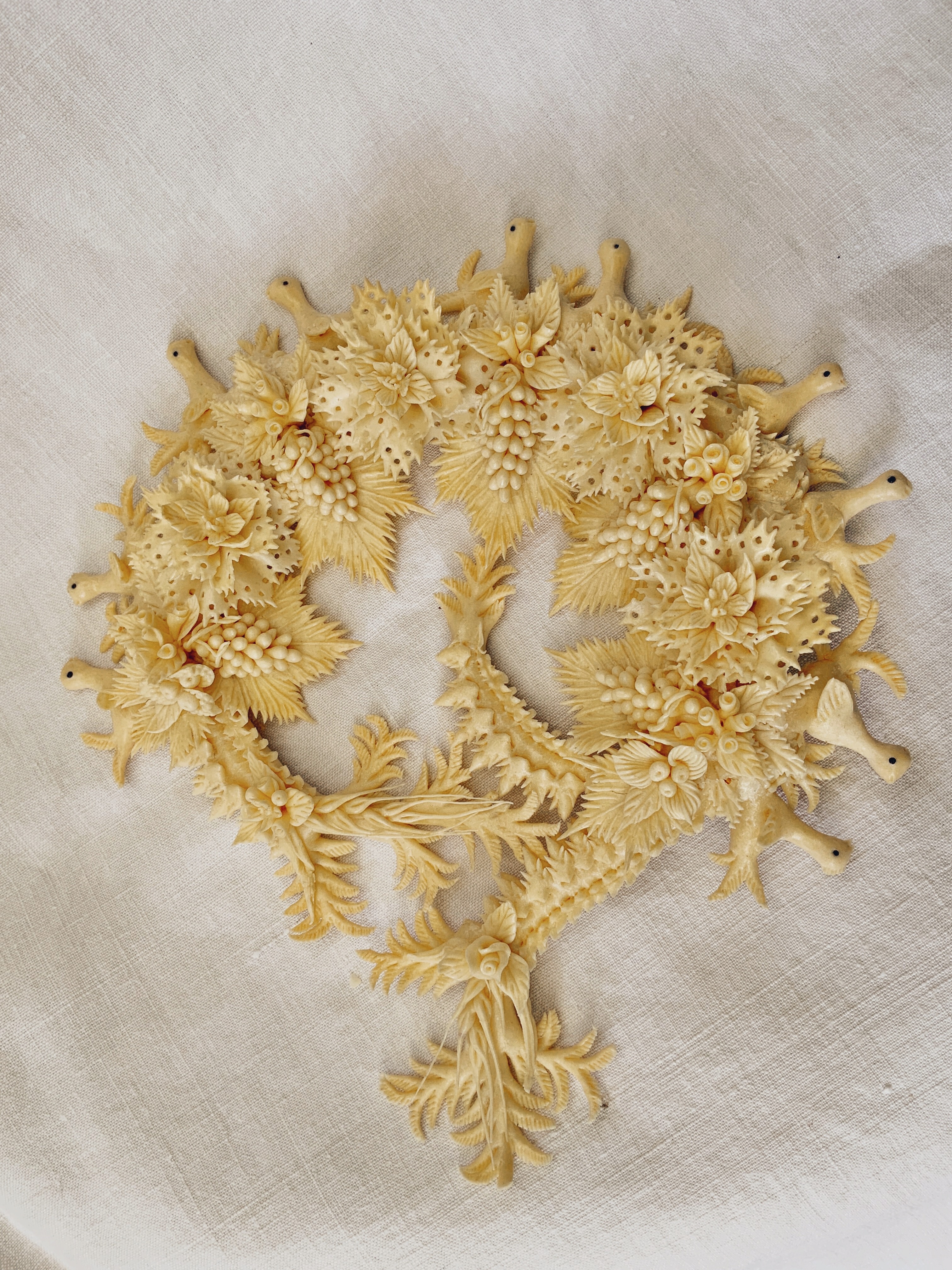
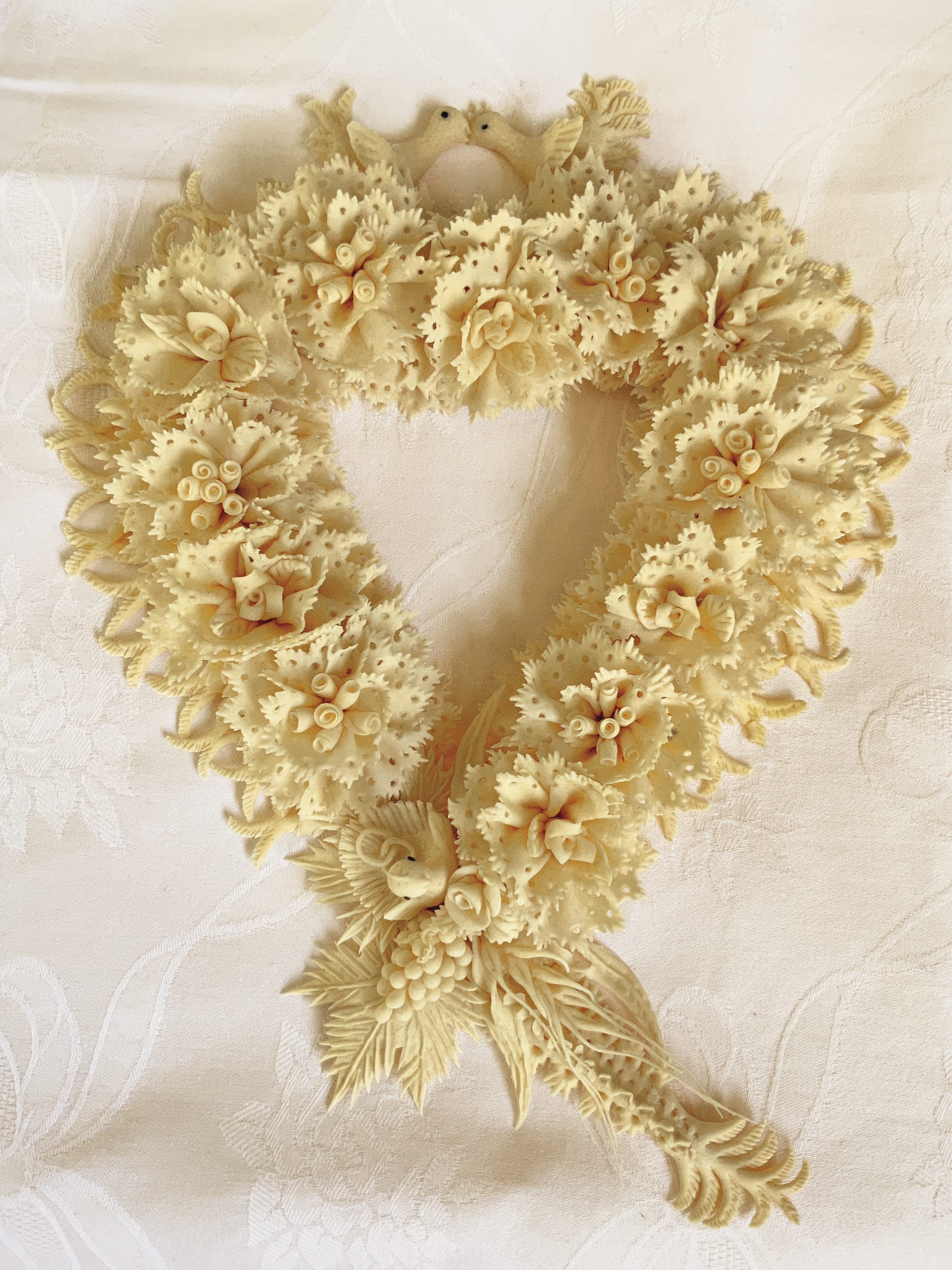

Bread in 20th century art in Sardinia
Costantino Nivola's later sculptures also touch on the theme of breadmaking, using the symbolism of the feminine act of kneading to evoke memories of his childhood in Orani. The clay in ceramics from the 60s and 70s was shaped with a tender and delicate touch, evoking the sensuality of kneading bread dough and its alluring connotations. The iconic shape of Sardinian bread, with its large round loaf, evokes the key elements of Nivola's artistic development: the sleek, horizontal planes in Spiagge, the flowing, arched contours of Madri and Vedove, which celebrate the feminine figure. The more recent pieces are tied to the recollection of the bulging wall in her childhood home, where a hidden treasure of warm, flat bread awaited in the oven, offering a tantalizing promise of satiating hunger. Similarly, a pregnant woman carries within her womb the precious treasure of her soon-to-arrive child. Nivola's work Su Muru Pringiu, a convex slab of trani stone, explicitly showcases the connection between wall-building, bread-making, and feminine fertility. The theme of construction is also present, symbolizing the unity between man and woman in the sacred ritual of life. In Nivola, bread takes on a dual meaning as a metaphor for both life and the work of art.
